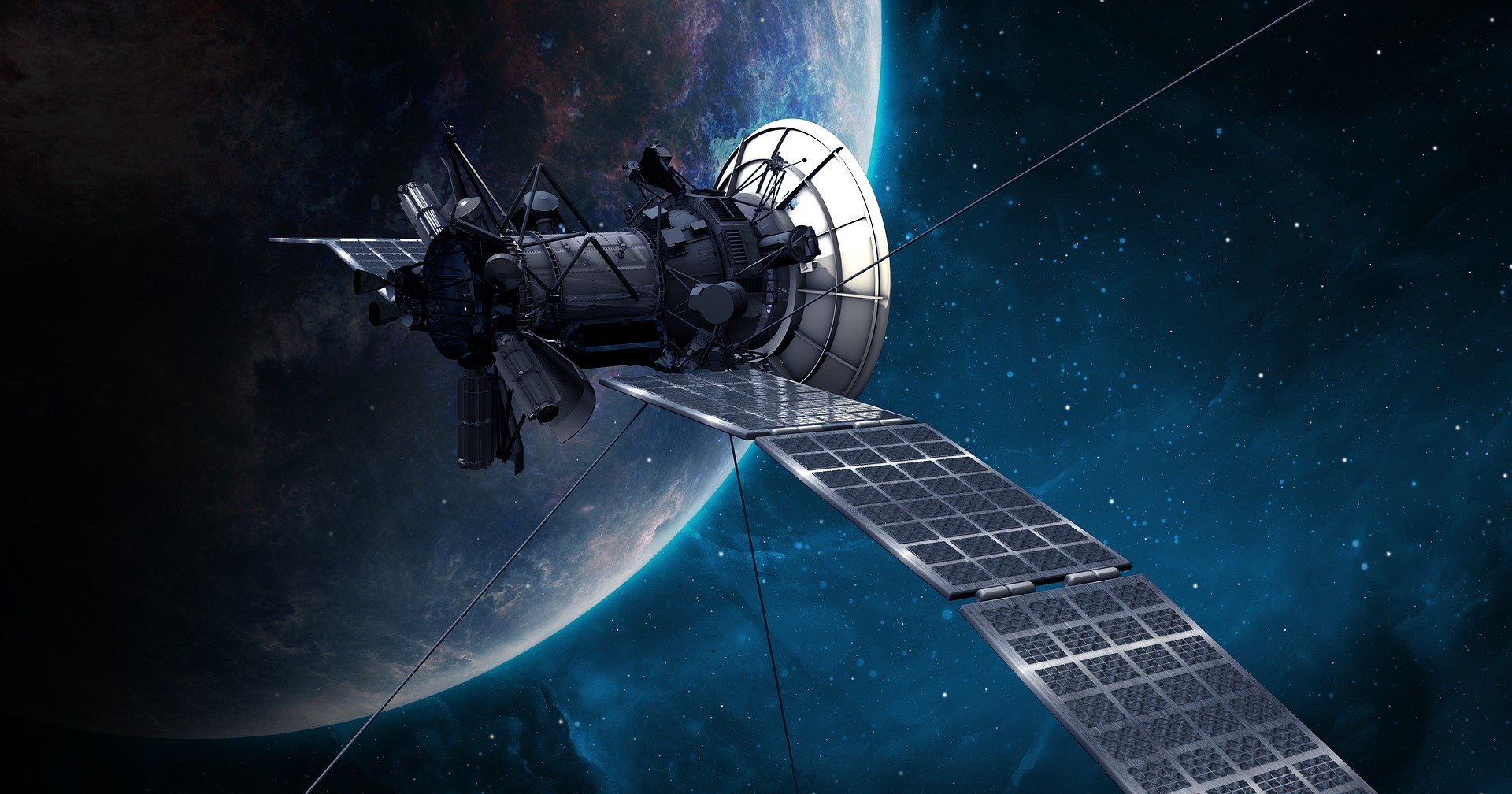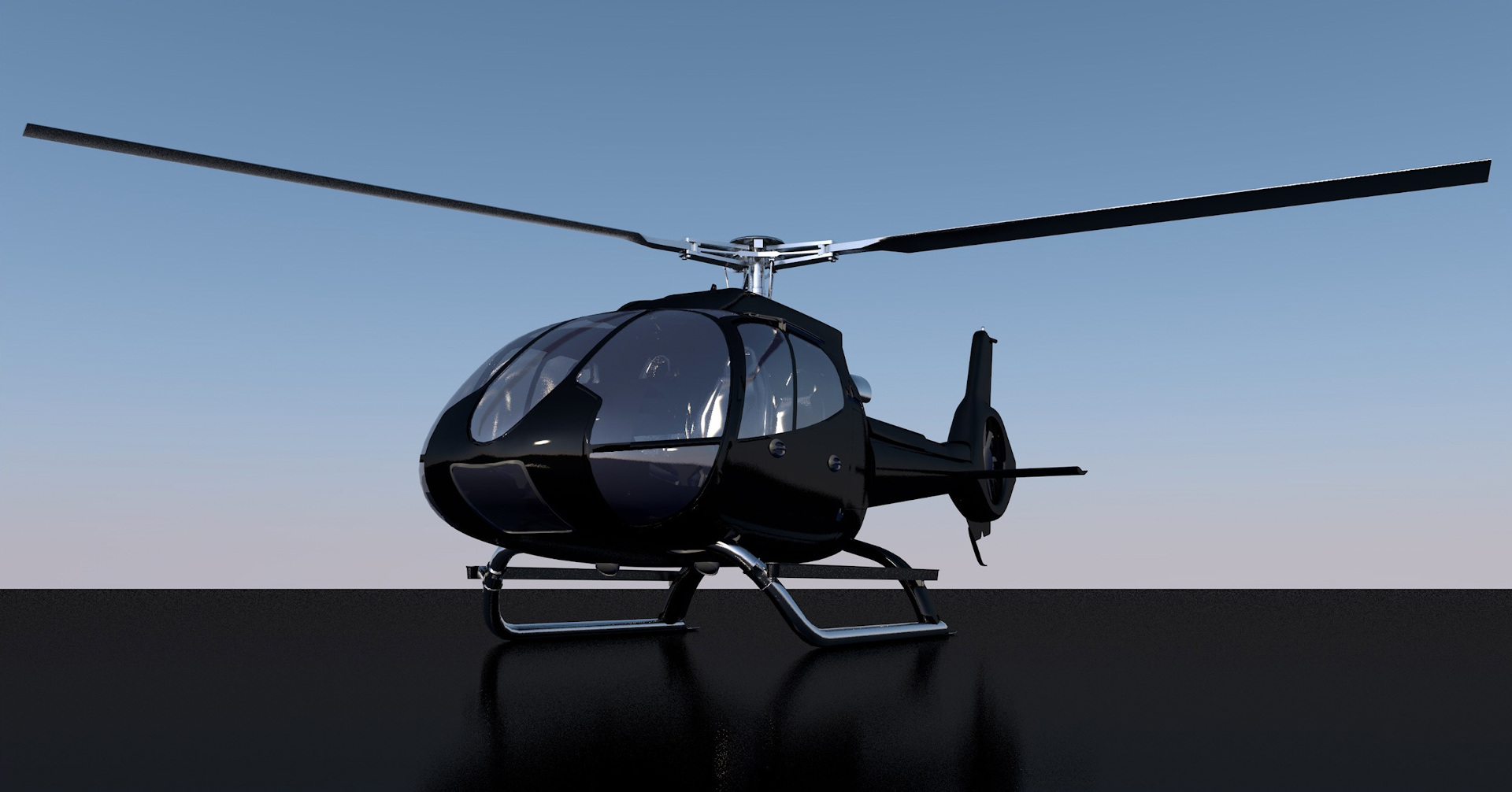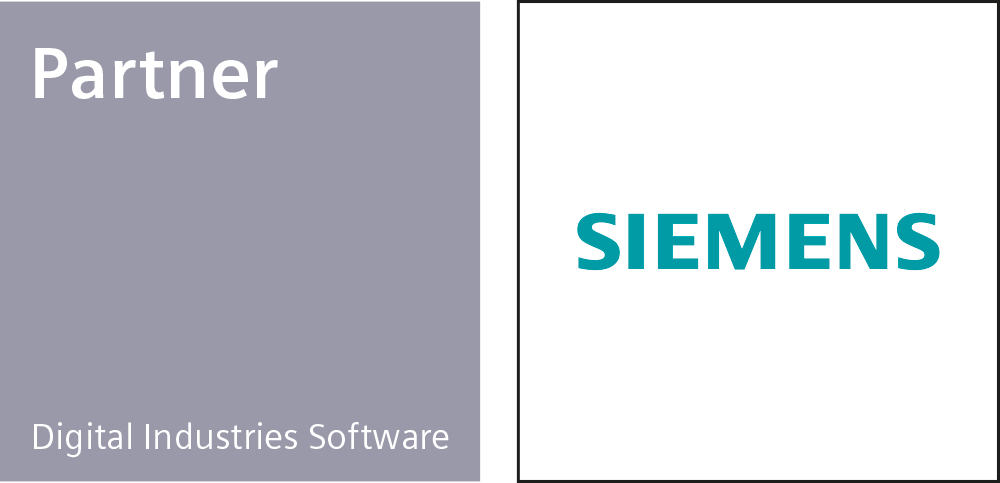ith an accurate aerodynamic digital twin delivering performance prediction and design improvements in a short time, our simulation and testing solutions are key to designing better aircraft in the current landscape.
Simcenter Amesim enables the virtual integrated aircraft (VIA) approach to support your model-based systems engineering, modeling and simulation, verification and validation processes. This helps to optimize critical performance and reduce physical testing.
Simcenter Amesim helps you rapidly build digital replicas of aircraft systems and enables the VIA approach.
Why Simcenter Amesim for Aerospace and Defense?
1.
Supports the modeling of all types of aircrafts (airplanes, helicopters, rockets, satellites, spacecrafts …)
2.
Supports all functions and subsystems to address complex challenges
3.
Benefit from the Simcenter Amesim ecosystem to get well unified models
4.
Model-based systems engineering for the aerospace industry
Need more info?
Then let us show you how Simcenter Amesim help Airbus Helicopters reduce fuel system design cycle by a year.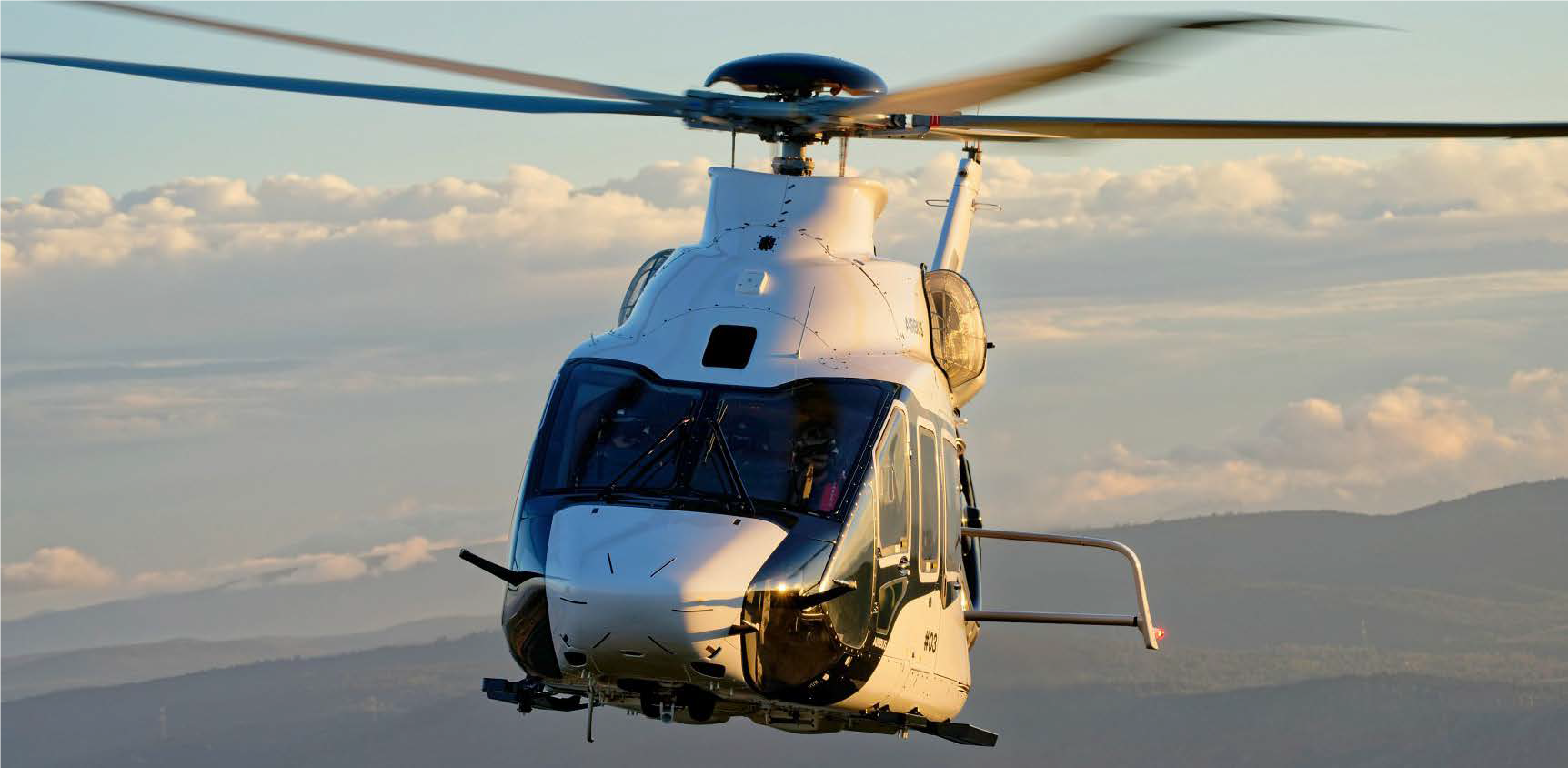
Aircraft
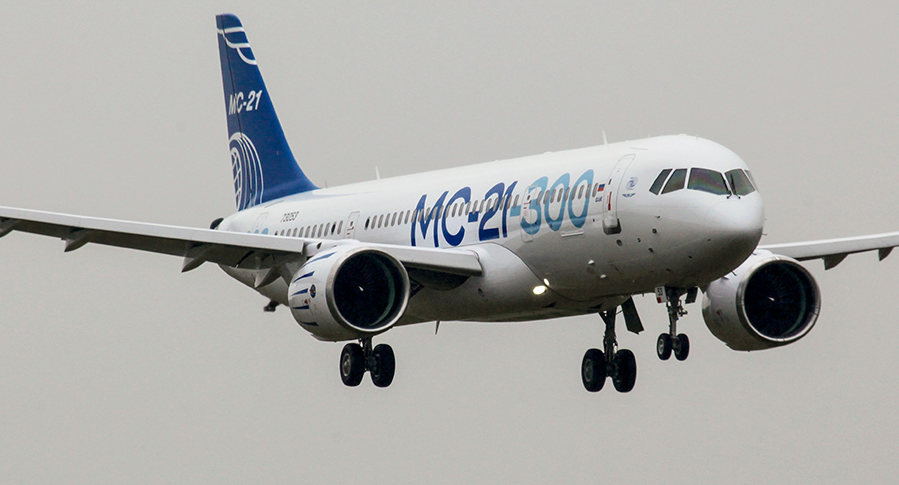
Digital twins of aircraft systems and how to create them
To enable the VIA approach,
Simcenter Amesim helps you rapidly
build digital replicas
of aircraft systems.
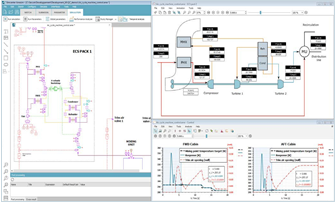
Ensure the comfort of passengers and crew by optimizing energy management,
air conditioning and ventilation. Account for
temperature, humidity, pressure
and change of pressure rate in dynamic
conditions. Design systems with higher efficiency, improved safety and lower weight.
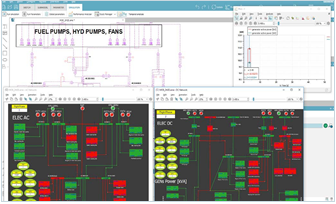
Create a more electric aircraft by optimizing
the electrical net- work and accounting for thermal integration. Analyze the impact of power network reconfiguration on
generators and loads in steady-state and transient phases.
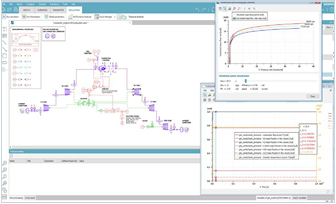
Balance the performance of conventional and innovative aircraft engine architectures: simulate their complete
thermodynamic cycles in various
operational conditions, accounting for environ- mental conditions and degradation of compressors and turbines, and integrate their equipment and consumers.
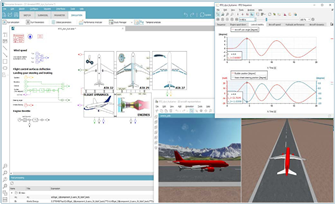
Analyze the behavior
of servo-hydraulic, electromechanical and electro-hydrostatic actuators
for primary flight controls, cable actuation for light aircraft,
and rotary actuators
for high-lift devices. Evaluate their performance by considering thermal
aspects and the integration with hydraulic or electri- cal systems.
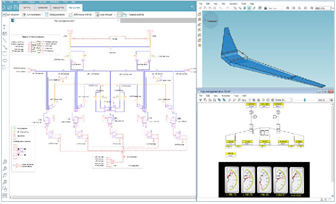
Improve efficiency, reduce weight and energy consumption of the fuel systems
while satisfying certification requirements.
Optimize fuel pressurization, fueling, refueling and defueling of reservoirs
with complex shapes while accounting for aircraft attitude, acceleration, wing bending or twisting.
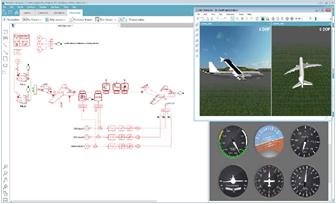
Optimize aircraft stability and improve early
stage autopilot controller design. Account for mass, inertia and center of gravity position
to assess handling
qualities during the flight mission.

Simulate mechanical, fluid, electrical and thermal aspects. Analyze system sizing options under various operating condi-
tions. Meet shock absorber requirements, optimize the kinematics for extraction and retraction,
as well as improve braking and steering systems.
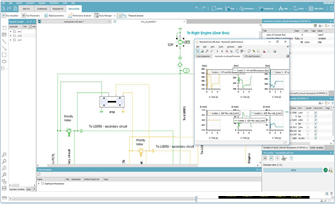
Simulate hydraulic systems’ behavior for different sizing scenar- ios and flight missions. Integrate your hydraulic systems
with flight controls, electrical or
landing systems, to assess overall aircraft performance. Estimate the
system’s degraded perfor- mance to meet certification requirements.
 English (UK)
English (UK)  Deutsch (Deutschland)
Deutsch (Deutschland) 


